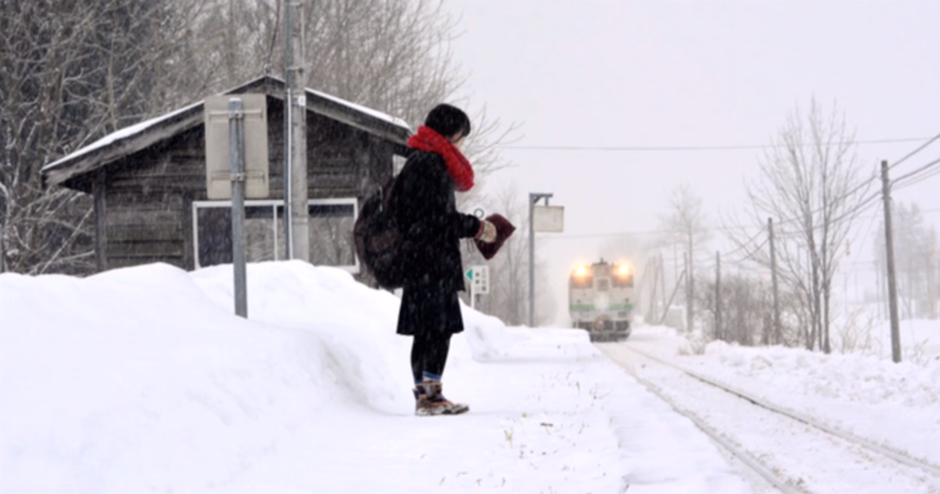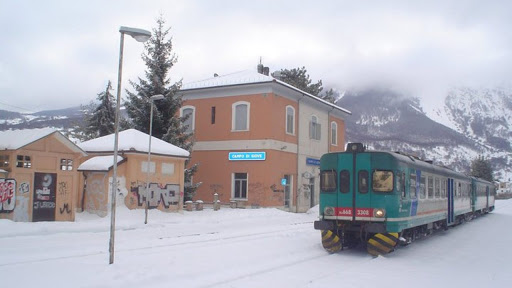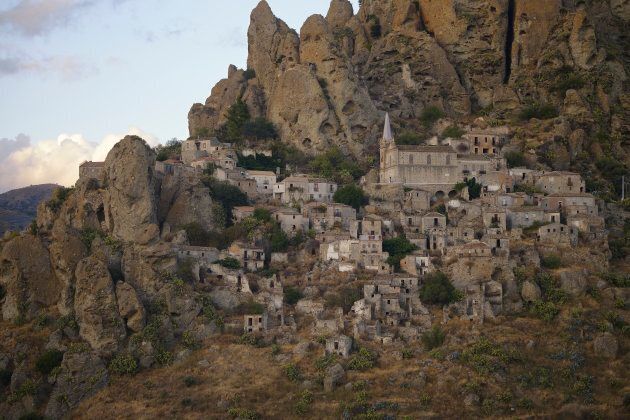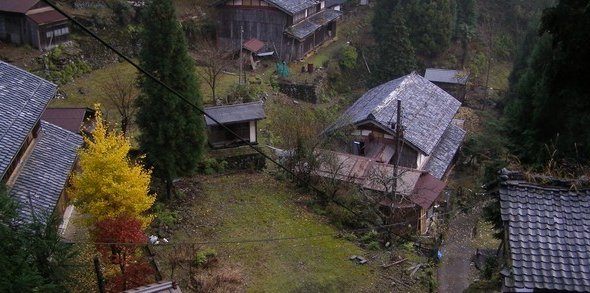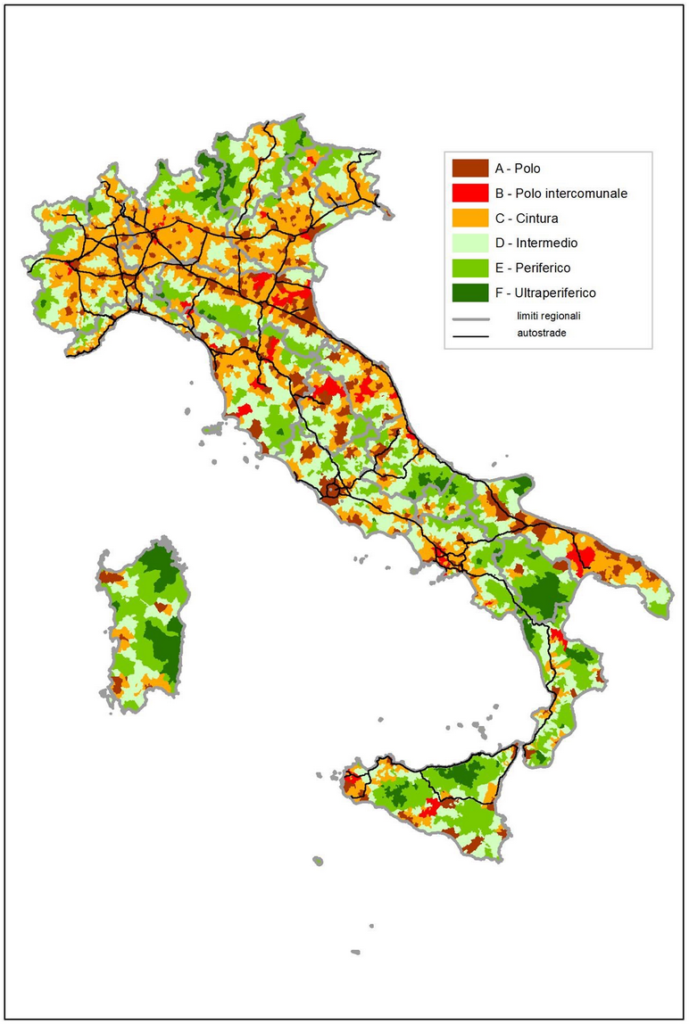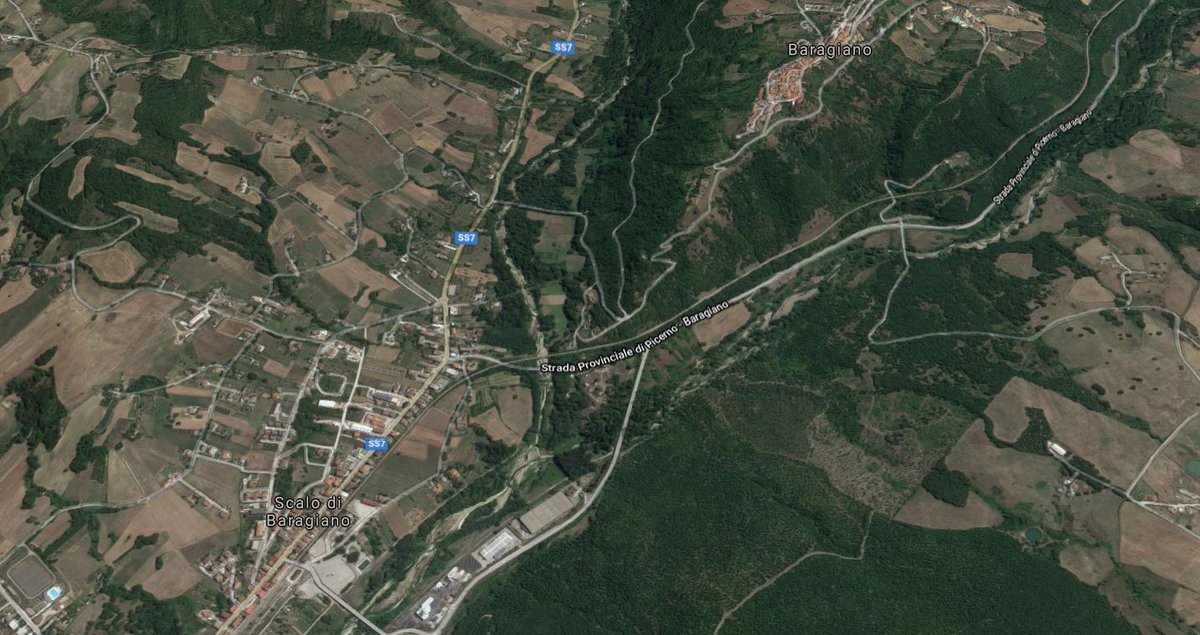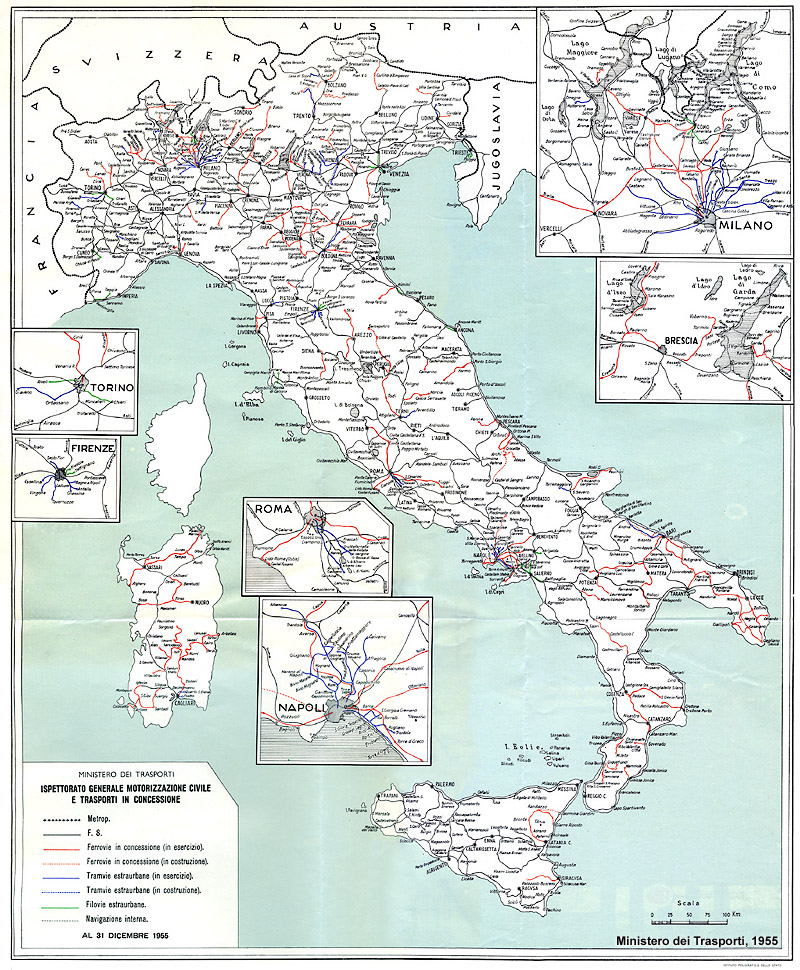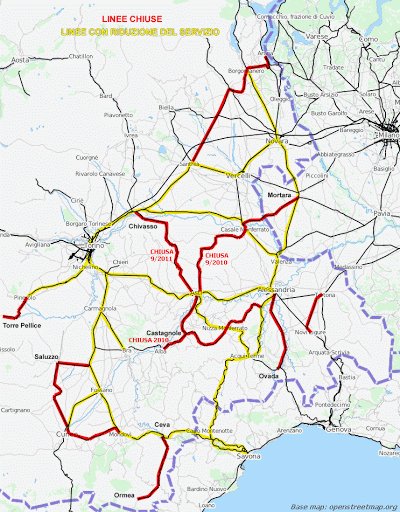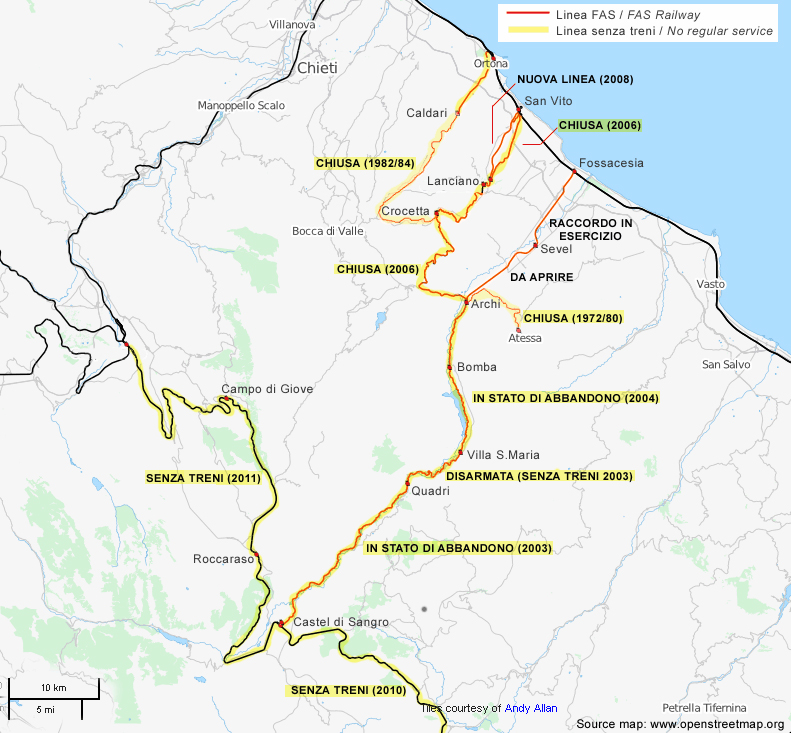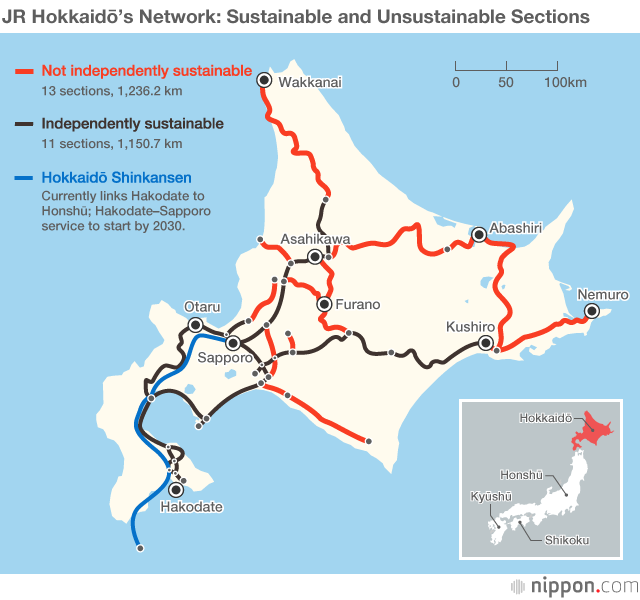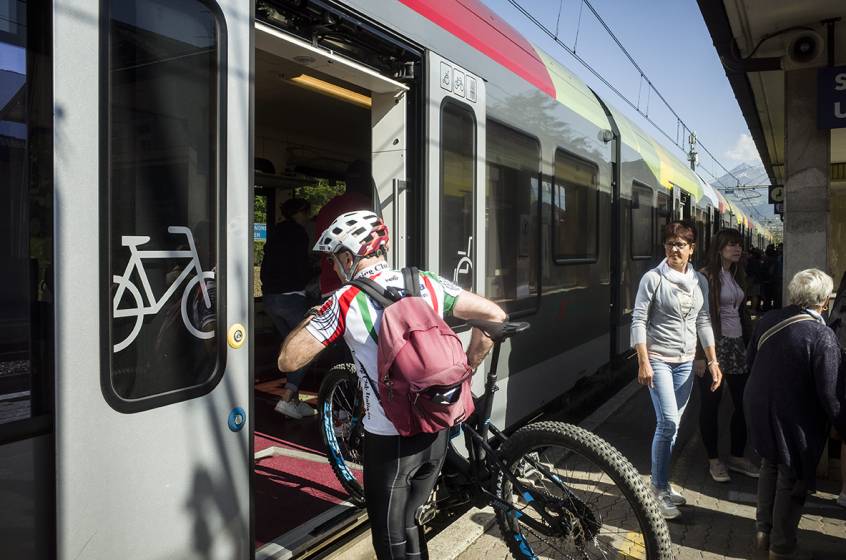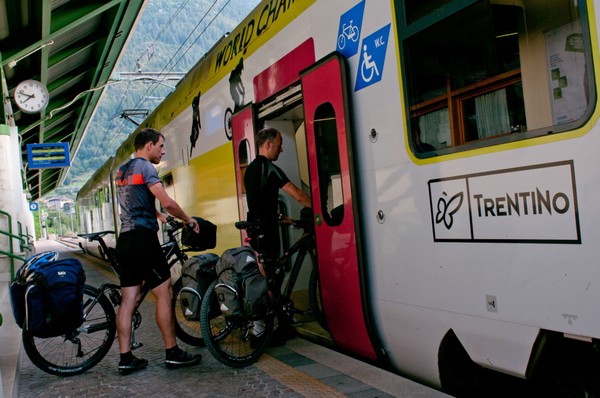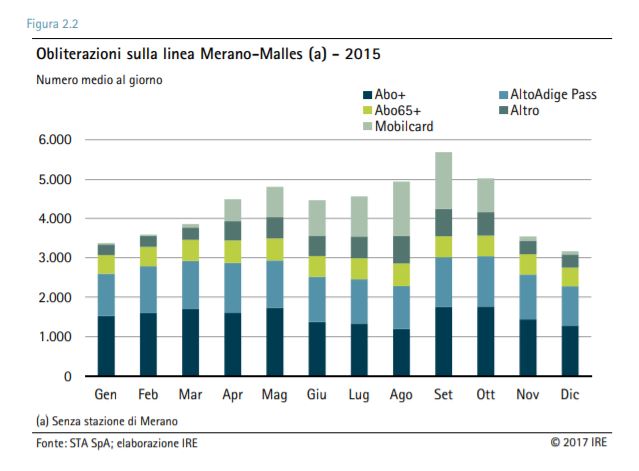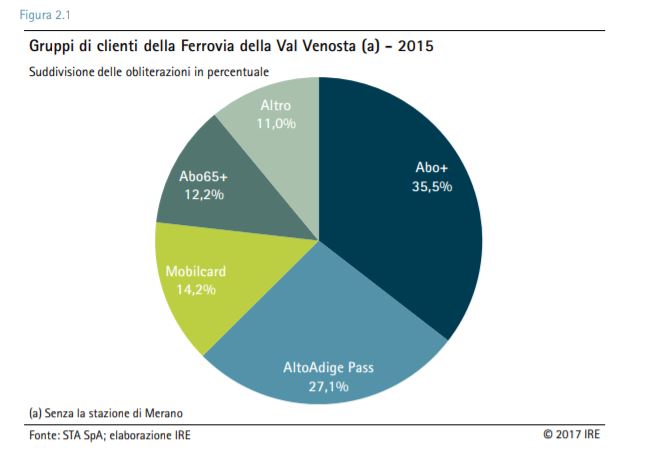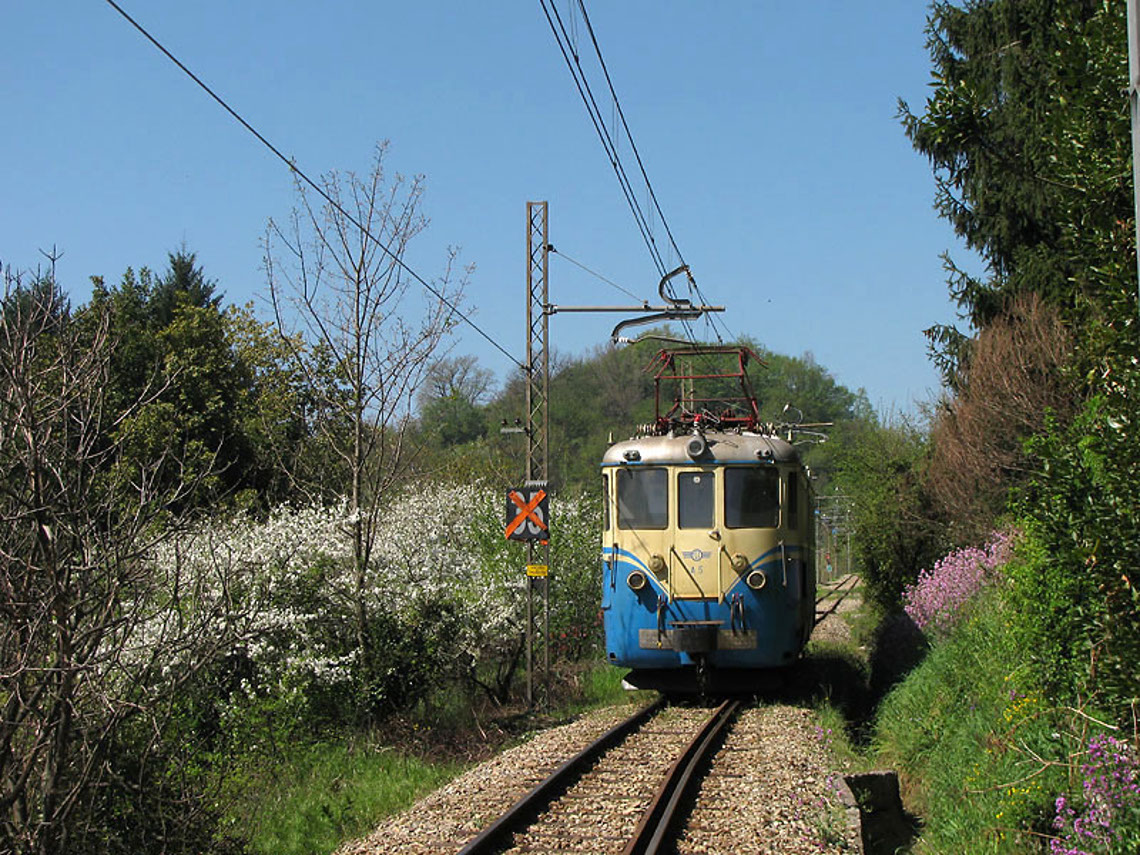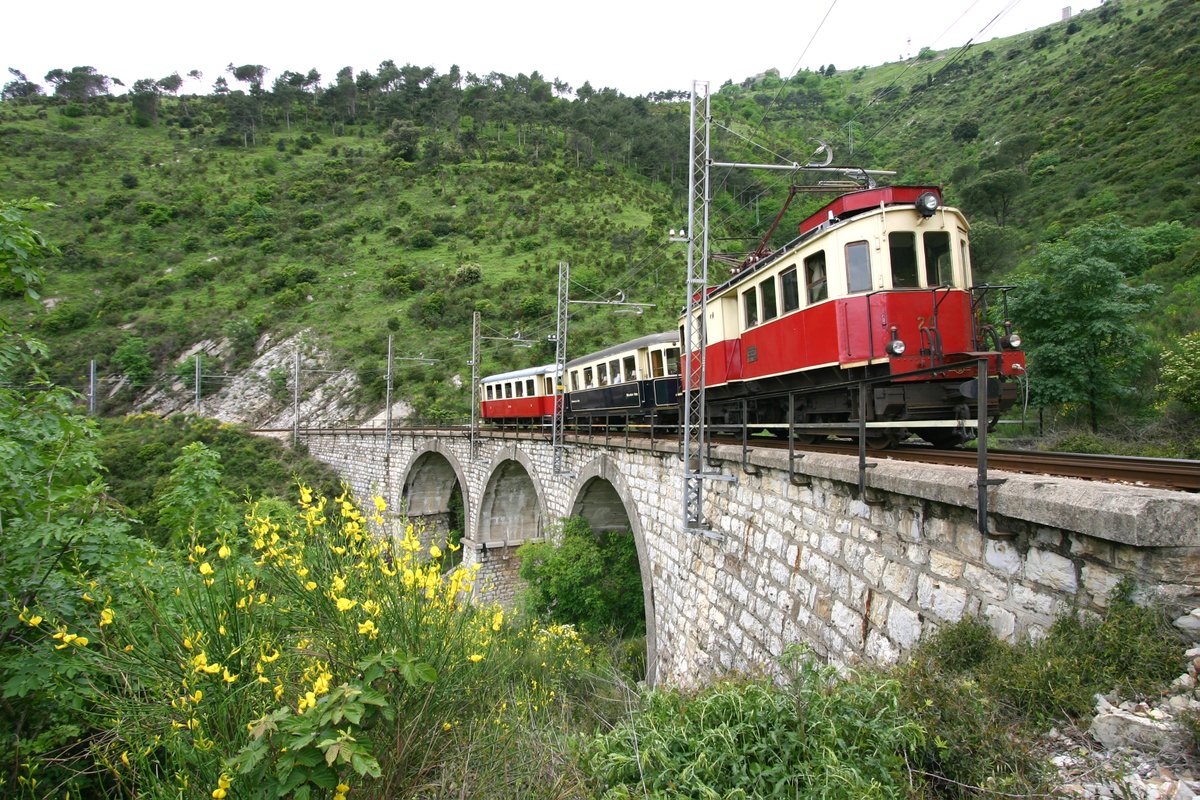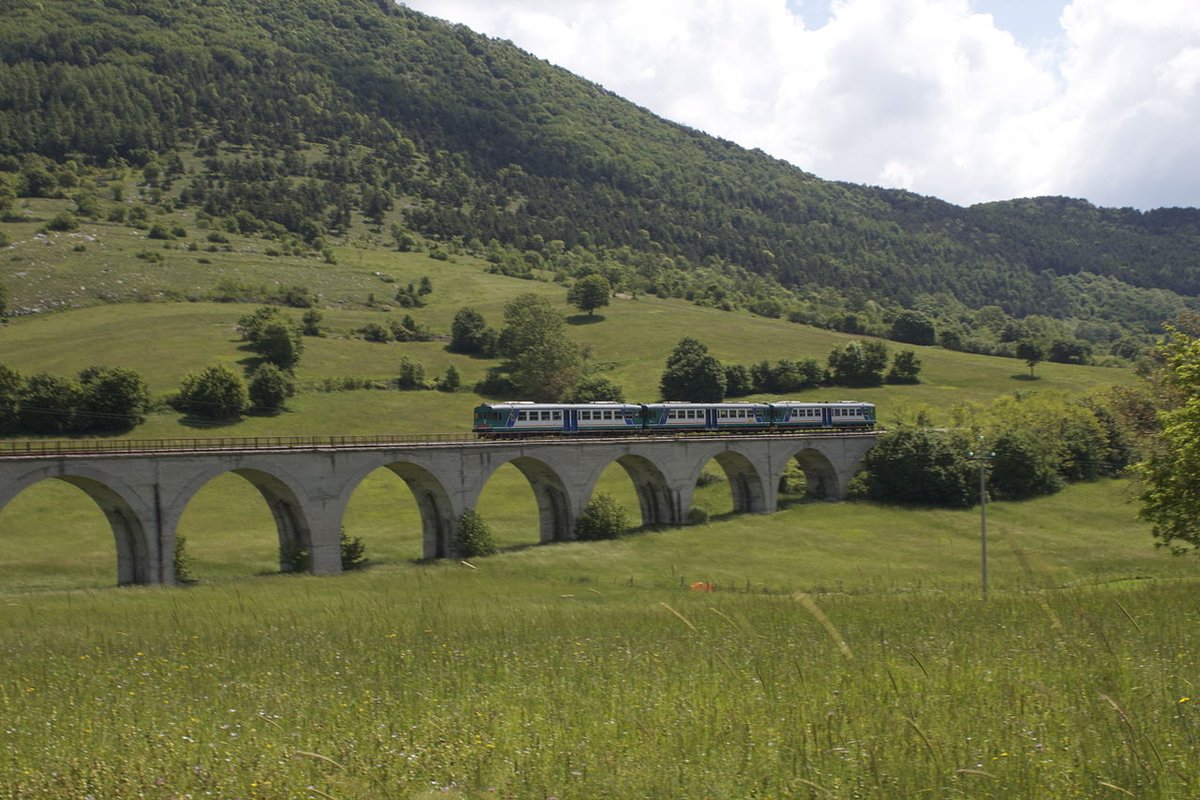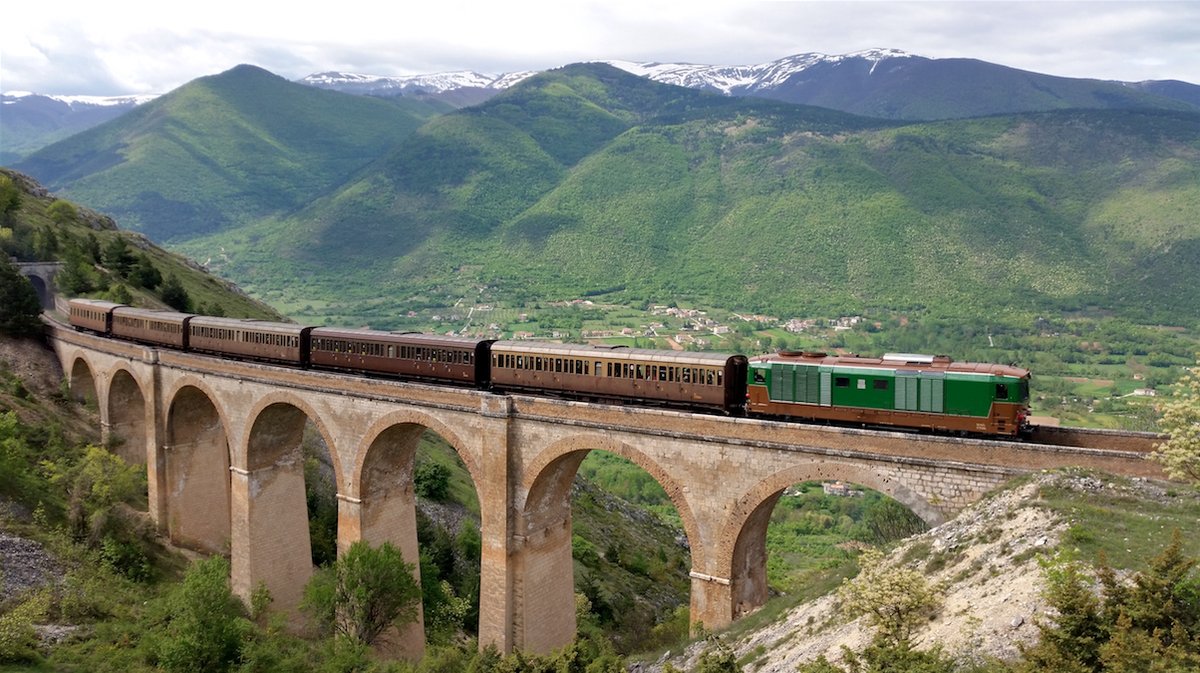1/ During the "lesson from Europe/Japan" session of #ModernRail2020 (un)conference we briefly debated the uncertain destiny of secondary rail lines
to follow up, here is a thread about the parallel stories of local railways' closures in shrinking rural regions in Italy and Japan
to follow up, here is a thread about the parallel stories of local railways' closures in shrinking rural regions in Italy and Japan
2/ The demographic background of dying rural rail is astonishingly similar in both countries: an ageing population, a strong internal migration to larger and wealthier metros, a declining less competitive rural economy, a difficult topography, generational changes in lifestyle.
3/ The modern and recent trends in population concentration are similar in both countries: from the mountains to the valleys, from the geographical periphery to an even lower number of large centers. This happened in Japan... :
4/ ...and in Italy (even if with a still stronger role for medium size provincial cities and without a primate city of the size of Tokyo):
5/This is a long-term trend, started more than a century ago, favored exactly by the advent of rail transport, that facilitated communications along valleys and coastlines, creating a completely different geography, especially in countries with a rugged topography hostile to rail
6/In Italy, the most concrete traces of this early shift is the "doubling" of hill towns and villages down in the valley in the second half of 19th century, with the development of new twin settlements around the rail station, often called "Scalo di ..", or "Frazione Scalo"
7/ Both in Japan and Italy, two latecomers in rail construction, the complementary network reaching remote areas was developed during the third wave of rail construction, between the 1900-30s, just before the end of the rail era, with great economic efforts from local communities
8/ This is a map of Italian local railways ("concesse" red) and interurban tramways (blue) in 1955, before the first wave of closures during the 1960-70s.
9/ Despite a growing environmental awareness and the comeback of rail in the 1990s, closures are continuing in these remote areas where rail service is deemed"non-viable". Piemonte, once the densest network, closed 24% of its lines in 2010-11, mostly in rural hilly areas
10/ Another recent sad story is that of internal Abruzzo, suffering longtime population decline, accelerated by the 2009 earthquake of l'Aquila and worsened by the progressive closure of several local railways, notably the 160km Sangritana valley narrow gauge network
11/ Even Japan, the country we all praise for its high quality, profitable rail service, has seen the continuing closure of several lines in the more isolated mountain areas and in the island of Hokkaido, with its sparse population and harsh climate
12/ The economic viability of local railways and the costly upgrade of their assets to modern standard is a real issue, but it has been worsened by deliberate policies favoring substitutive bus service and road infrastructure while underestimating the potential of these lines
13/ In Italy, Japan, but also in Appalachia, rural France, etc. the large heritage of local rail can potentially double has both touristic and local transportation assets, which is completely different from the creation of private "toy-rail" for tourist only amusement.
14/ Many alpine countries have shown the way in this direction, with the coexistence of regular transit service and "luxury" dedicated touristic trains (like the Glacier express). Bike+trains tourism has demonstrated to be a winning combo in Sud Tirol, Austria and Trentino
The recently reopened Vinschgerbahn in Alto Adige/Sud Tirol was made viable for all kind of users by two complementary category of "core" users: 15% of tourist (Mobilcard, concentrated during summer) and a 35% of students (Abo+, mostly during the other months).
15/ To keep local railways running and useful for local communities in shrinking areas we must leave behind both the nostalgic idea of a tourist only service with historic rolling stock and the conviction that rail service is doomed by lack of current economic viability
16/ Again, a narrowly targeted market (tourist only, commuters only, students only, etc.) is probably not the strongest foundation to run a viable passenger rail line, It is not for a busy suburban rail (see Caltrain), nor for a secondary rural line.

 Read on Twitter
Read on Twitter